
What is the best way to train a Husky puppy?
Ever walked into the living room to find your Husky puppy chewing on your favorite sneakers? That’s their working-dog energy looking for an outlet—and it’s where smart Husky puppy training starts.
That heart-dropping moment when your dog erupts into a frenzy of barking and lunging on the leash is something every owner of a reactive dog knows all too well. Your first instinct might be to pull back on the leash or yell "no!", but these reactions often make the problem worse. It's crucial to understand that reactivity is primarily a stress response, not disobedience. Your dog isn't trying to be dominant; they are overwhelmed by fear, frustration, or over-excitement. Therefore, the most effective path forward isn't about suppression, but about changing their emotional response through positive reinforcement methods and strategic management.
The scientifically-supported approach is a two-part process: management and behavioral modification. Management means preventing rehearsals of the behavior. This is your immediate tool. Cross the street, create distance, or use visual barriers like a parked car before your dog goes over their threshold. For training, the gold standard is counterconditioning and desensitization (CC/DS). This involves exposing your dog to their trigger (e.g., another person or dog) at a great enough distance that they notice it but do not react. The millisecond they look at the trigger, you mark it with a calm "yes!" and feed a stream of incredibly high-value treats like diced chicken. You are not rewarding the reaction; you are rewarding the noticing. Over time, their brain begins to associate the once-scary sight with something positive, fundamentally changing their emotional state.
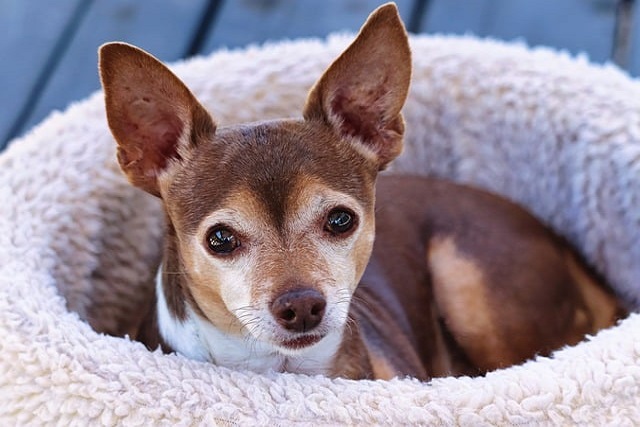
This entire philosophy is built on a foundation of trust and is a cultural expectation in modern dog training. Any method that relies on punishment, leash corrections, or intimidation devices is not only ethically frowned upon but is also likely to increase your dog's underlying anxiety, potentially making their reactions more severe or causing them to redirect fear onto you. Your patience is the most important tool you have. Celebrate small victories and understand that setbacks are part of the process. This journey requires you to become an expert reader of your dog's subtle body language—the tucked tail, the stiffened posture, the whale eye—so you can intervene before they erupt.
Your commitment to training also translates directly to being a responsible community member. Proactively managing your reactive dog on walks is a public courtesy. This means always being aware of your surroundings, giving other dogs and people a wide berth, and never allowing your dog to approach others uninvited. It is your non-negotiable duty to always have poop bags on hand and to adhere strictly to local leash laws; allowing your dog to practice reactivity on a long line is a liability. Furthermore, ensuring your dog’s rabies vaccination and city license are current is a fundamental legal requirement that protects everyone and is often essential for enrolling in specialized training classes.
Training a reactive dog is a marathon that requires consistency, but the reward is immense. You are not just teaching a skill; you are rebuilding your dog's confidence and strengthening your bond. By becoming their calm, predictable advocate in a scary world, you can help them learn to navigate their triggers and find a sense of peace.

Ever walked into the living room to find your Husky puppy chewing on your favorite sneakers? That’s their working-dog energy looking for an outlet—and it’s where smart Husky puppy training starts.
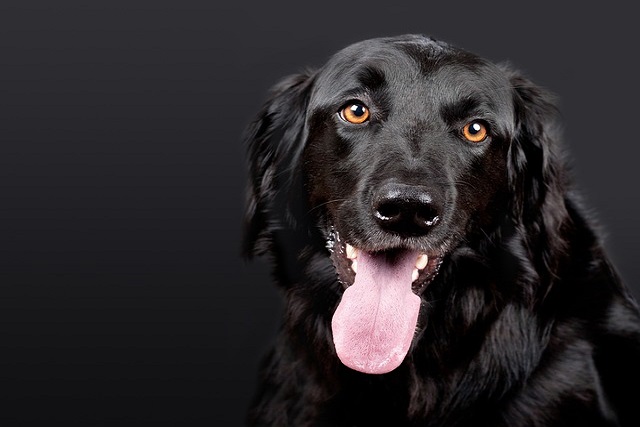
If you’re a new dog parent in the US—maybe you’re stuck in your Chicago apartment on a rainy Saturday, watching your 9-month-old rescue Beagle
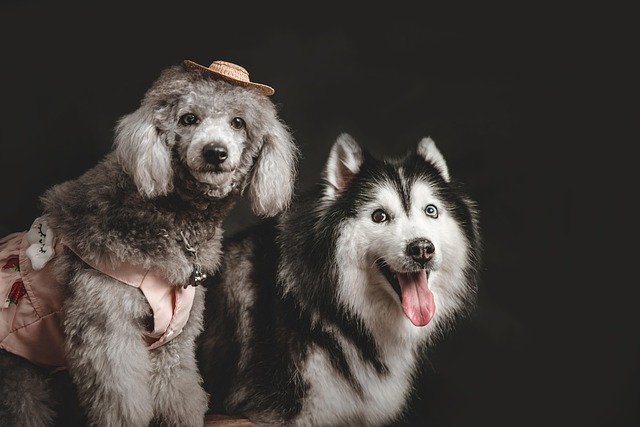
Most new puppy parents stress over accidents on the rug, but a 7-day plan can turn chaos into consistency—if you stick to routines that fit your daily life.
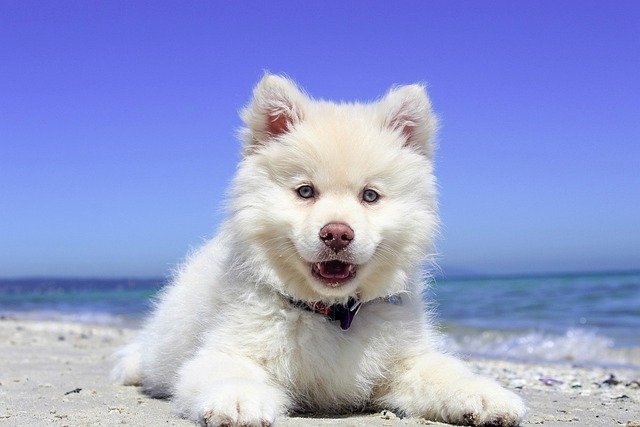
You’ve probably noticed how your dog’s nose takes over during walks—sniffing fire hydrants, grass patches, and that intriguing lamppost like it’s reading the morning newspaper.
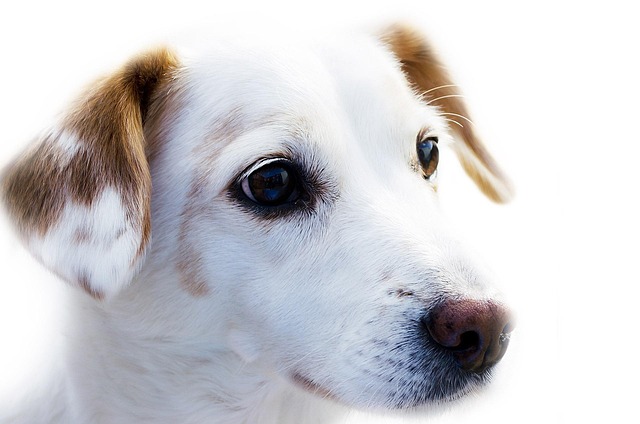
That tightening in your chest as you round a corner and see another dog approaching is a feeling many owners know.
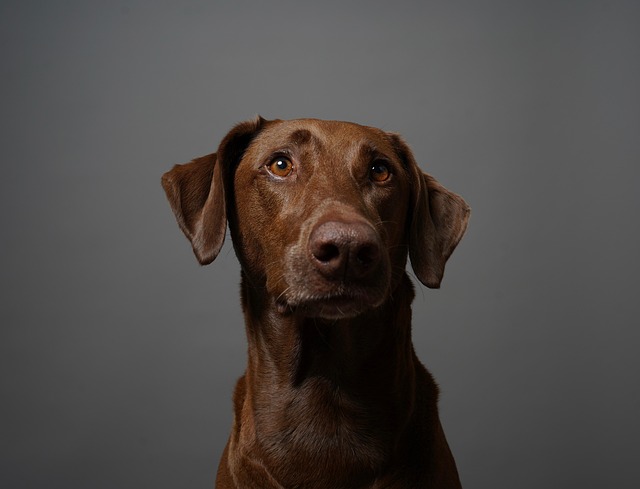
New puppy owners often stare at a puddle on the living room rug and wonder where to start—this mess isn’t just frustrating, it’s a teachable moment, not a punishment.